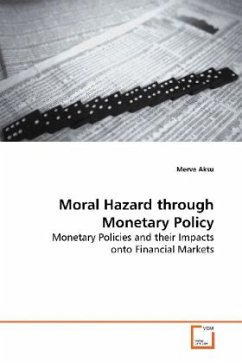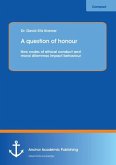In scope of this book, moral hazard problem relating
to monetary policies during and after financial
crisis is analyzed. First, an insight into the
monetary policy objectives and tools are given. This
is followed by the challenges which central banks
face during financial crisis situations and their
relation to moral hazard. It is proven that loose
monetary policies during financial crisis might help
in overcoming problems such as illiquidity in short
term whereas it creates moral hazard among the
market participants. This contributes to distraction
of financial stability, an increase in inflation,
and thus impedes economic activity in long term.
These findings are also analyzed within two
financial crises of the last two decades: dot-com
bubble and sub-prime crisis. Evidence is provided
that Fed s loose monetary policy and low interest
rates has created moral hazard and encouraged market
participants to take excessive risks that led to sub-
prime crisis.
to monetary policies during and after financial
crisis is analyzed. First, an insight into the
monetary policy objectives and tools are given. This
is followed by the challenges which central banks
face during financial crisis situations and their
relation to moral hazard. It is proven that loose
monetary policies during financial crisis might help
in overcoming problems such as illiquidity in short
term whereas it creates moral hazard among the
market participants. This contributes to distraction
of financial stability, an increase in inflation,
and thus impedes economic activity in long term.
These findings are also analyzed within two
financial crises of the last two decades: dot-com
bubble and sub-prime crisis. Evidence is provided
that Fed s loose monetary policy and low interest
rates has created moral hazard and encouraged market
participants to take excessive risks that led to sub-
prime crisis.








